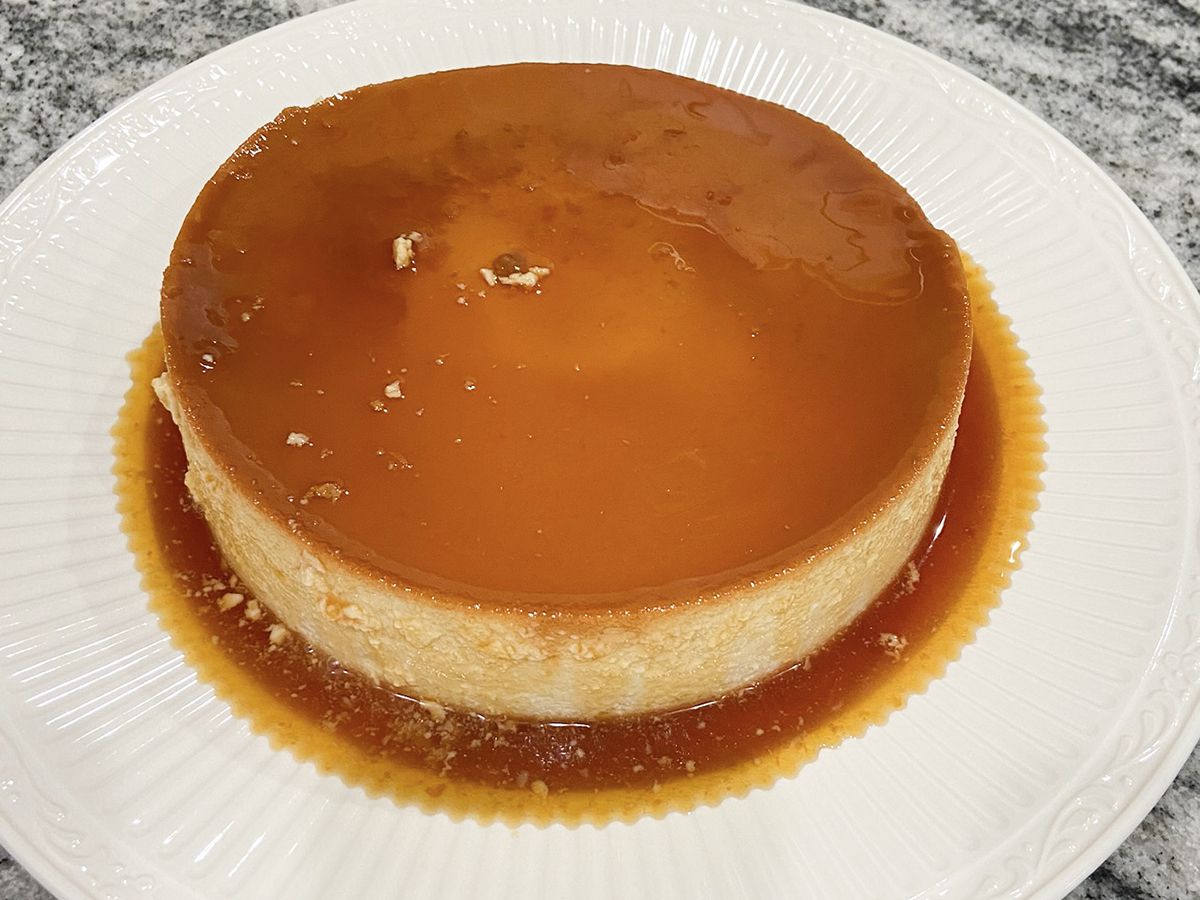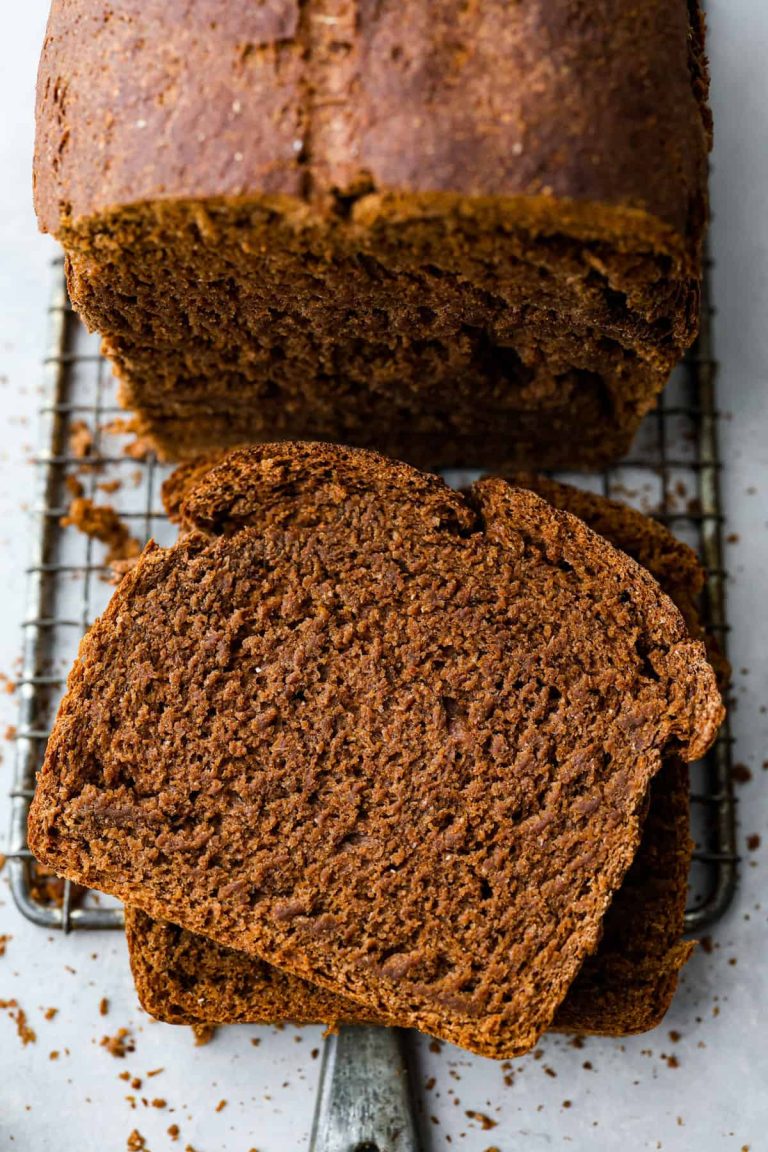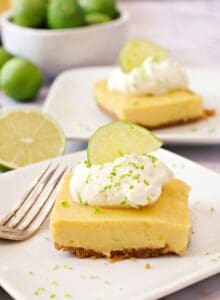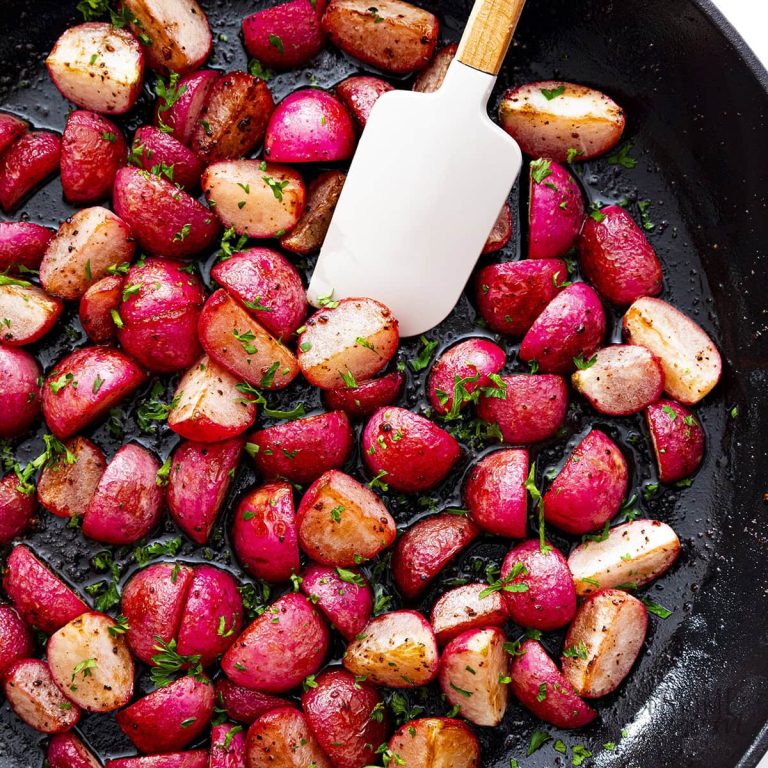Flan De Coco: How to Make the Perfect Coconut Flan Recipe
Flan De Coco, rooted in Latin American cuisine, exemplifies cultural richness. This dessert has deep ties to countries like Puerto Rico, Cuba, and the Dominican Republic. Flan De Coco includes coconut to enhance the traditional flan’s appeal. The creamy, coconut-infused texture reflects a broader embrace of tropical flavors in these regions’ culinary practices. It’s served at various celebrations such as family gatherings, holidays, and festivals, showcasing its importance in local traditions.
Basic Ingredients and Texture
Flan De Coco, also known as Coconut Flan, blends a few core ingredients to achieve its unique profile. Essential components include coconut milk, sweetened condensed milk, eggs, sugar, and vanilla extract. The dessert’s texture is smooth and velvety, with a subtle creaminess from the coconut milk. Topping it off, a caramel sauce layer adds rich, sugary notes. The flavor is a harmonious mix of sweetness and coconut essence, creating a balanced, delightful treat.
How to Make Flan De Coco Coconut Flan
Necessary Ingredients
To make Flan De Coco, gather the following ingredients:
- 1 cup sugar (for caramel)
- 1 can coconut milk (13.5 oz)
- 1 can sweetened condensed milk (14 oz)
- 4 large eggs
- 1 teaspoon vanilla extract
- 1/4 teaspoon salt
- Prepare Caramel: Place 1 cup of sugar in a medium saucepan over medium heat. Melt the sugar, stirring constantly until it turns golden brown. Immediately pour the caramel into a 9-inch round baking dish, tilting the dish to coat the bottom evenly. Let it cool and harden.
- Mix Ingredients: In a large mixing bowl, combine the coconut milk, sweetened condensed milk, eggs, vanilla extract, and salt. Whisk until the mixture is smooth and well-blended.
- Strain Mixture: Pour the mixture through a fine-mesh sieve into the caramel-coated baking dish. This step ensures a smooth texture by removing any lumps.
- Prepare Water Bath: Place the baking dish in a larger baking pan. Fill the larger pan with hot water halfway up the sides of the flan dish to create a water bath. This method prevents the flan from cracking and ensures even cooking.
- Bake Flan: Preheat your oven to 350°F (175°C). Bake the flan for about 50-60 minutes or until the center is set but still slightly jiggly. Avoid overbaking to maintain a creamy texture.
- Cool and Refrigerate: Remove the flan from the water bath and let it cool to room temperature. Then refrigerate for at least 4 hours or overnight to allow the flavors to meld and the flan to set completely.
- Unmold Flan: Run a knife around the edges of the flan to loosen it. Place a plate over the baking dish and carefully invert it to release the flan onto the plate, allowing the caramel to flow over the top.
Flavor Profile and Variations
Traditional Coconut Flan Taste
Flan De Coco offers a rich, creamy texture coupled with an enticing coconut flavor. The blend of coconut milk and sweetened condensed milk results in a smooth consistency that feels velvety on the palate. The subtle sweetness of caramel complements the coconut essence, adding a layer of complexity to each bite. The dessert strikes a balance between the milky base and the tropical notes, making it a delightful and refreshing treat. When you dig into a well-prepared Coconut Flan, you’ll notice the seamless integration of flavors with a melt-in-your-mouth experience.
Popular Variations and Add-ons
Flan De Coco allows for a range of popular variations that enhance its flavor and texture. Here are some common ones:
- Coconut Flan with Pineapple: This variation integrates fresh pineapple chunks, providing a burst of tropical flavor. The acidity of the pineapple complements the sweetness and brings an added layer of complexity.
- Chocolate Coconut Flan: Adding cocoa powder or melted chocolate to the mixture creates a more indulgent version. The combination of chocolate and coconut offers a richer, deeper flavor profile.
- Coconut Flan with Rum: Incorporating a splash of rum infuses the flan with a subtle depth, echoing the tropical roots of the dessert. The rum flavor melds seamlessly with the coconut, enhancing the overall taste.
- Coconut Flan with Lime Zest: Adding lime zest offers a citrusy twist, brightening up the flavor profile and providing a refreshing contrast to the creamy base.
- Toasted Coconut Topping: Sprinkling toasted coconut flakes on top adds a crunchy texture and intensifies the coconut flavor, making each bite more enjoyable.
Trying these variations can elevate the traditional Flan De Coco, allowing you to explore new flavor dimensions while still enjoying the essence of the original dessert.
Pairing and Serving Suggestions
Best Serving Temperatures and Techniques
Flan De Coco tastes best when served chilled. Ensure that the flan sets in the refrigerator for at least 4 hours. Not only does this improve its flavor, but it also ensures the perfect creamy texture. Before serving, run a knife around the edges of the mold to release the flan smoothly. Flip it onto a serving plate, allowing the caramel to drizzle over the top.
What to Serve With Coconut Flan
Pair Coconut Flan with fresh fruit. Sliced mango, strawberries, or pineapple complement the dessert’s creamy texture. Additionally, a dollop of whipped cream or a scoop of vanilla ice cream can enhance its richness. For a sophisticated touch, serve the flan with a drizzle of caramel sauce or a sprinkle of toasted coconut flakes. A cup of strong espresso or a glass of Moscato wine adds a perfect finish to your dessert experience.
Health and Nutrition Aspects
Caloric Content and Nutritional Value
Flan De Coco offers a mix of essential nutrients and calories. A single serving (typically 100 grams) contains approximately 180-220 calories. The main ingredients—coconut milk, eggs, and sugar—contribute to its nutritional profile. Coconut milk provides healthy fats, especially medium-chain triglycerides (MCTs), which can offer quick energy. Eggs offer proteins, vitamins, and minerals, including Vitamin D and B12. Sugar, while adding to the calorie count, is the primary source of simple carbohydrates in the dessert.
Dietary Considerations
Flan De Coco can fit into various dietary lifestyles with some modifications. For those with lactose intolerance, traditional recipes using cow’s milk can be substituted with coconut milk or almond milk to get a similar texture. People following a gluten-free diet can consume Coconut Flan safely as the basic ingredients are naturally gluten-free. In a low-sugar diet, reducing the sugar content or using sugar substitutes like stevia or erythritol can help make the dessert more suitable. However, due to its high-fat content from coconut milk, it’s essential to enjoy Flan De Coco in moderation if you’re mindful of your fat intake.
Conclusion
Flan De Coco is a delightful fusion of rich flavors and creamy textures that brings a taste of Latin American tradition to your table. Whether you’re celebrating a special occasion or simply indulging in a sweet treat, this coconut flan offers a versatile and satisfying dessert option. With its straightforward ingredients and adaptable recipes, you can easily tailor it to suit various dietary needs, ensuring everyone can enjoy a slice. Remember to savor each bite in moderation and relish the unique blend of coconut goodness that makes Flan De Coco a cherished favorite.






